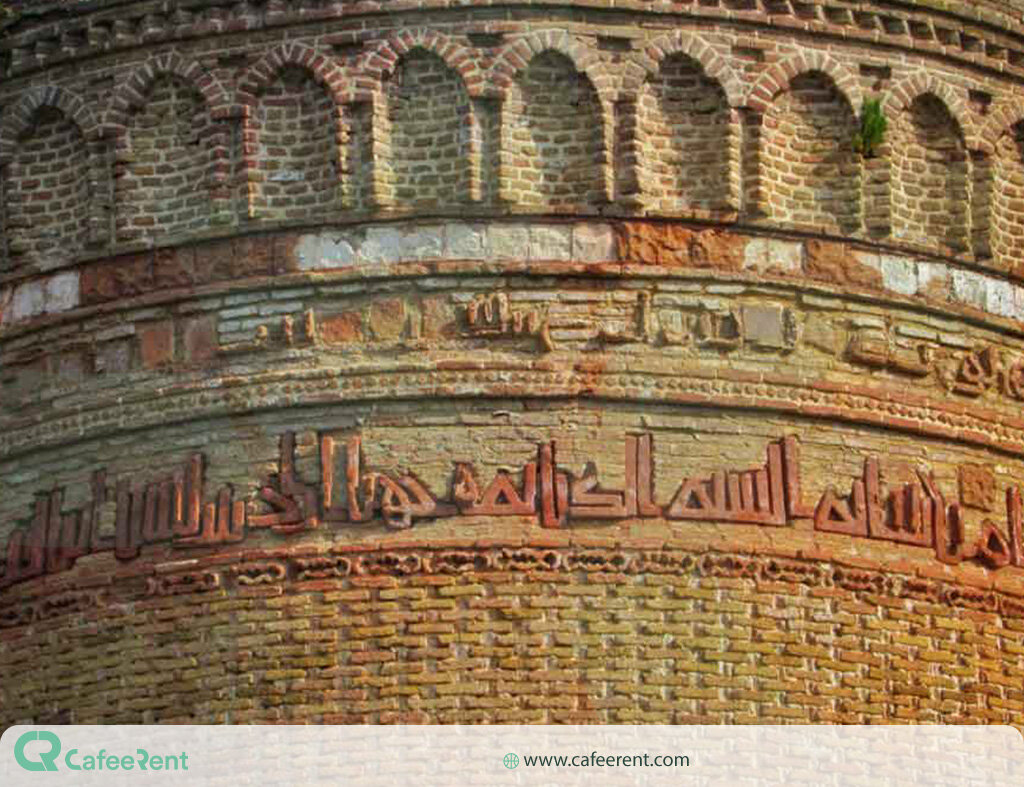Tehran – The Rajm Tower is a cylindrical brick tower used as a tomb in towering trees. It is located in the village of Rajm near Sabadok in Mazandaran. The tower was built around 1022 AD during the Baband dynasty, which then ruled the region.
The tower has a cylindrical burial chamber crowned with double domes, although the outer dome does not survive. It was probably the outer dome, originally cone-shaped, typical of the tomb towers of the same era. The entrance to the burial room is on the east side, Isna writes.
Decorative features are concentrated under the dome surrounding the entrance. Just below the dome is a row of shallow arched niches. Beneath this is a narrow band of geometric patterns, separated from the bands of two inscriptions. The upper band is written in Pahlavi, the language of the pre-Islamic Sassanid Empire, and the lower band is
Arabic in Kufic’s calligraphy style. The inscription of Pahlavi is primarily damaged and has not yet been deciphered. The Arabic inscription includes the name of the person buried in the tomb, Abu Favalis Shariya bin Abbas bin Shariya.
The entrance is crowned with a pointed arch and is set in a shallow niche with a second pointed arch. Its eardrums feature a brick honeycomb pattern. The regular cylindrical interior chamber is illuminated only by the entrance.
The inscription on Lajim Tower represents the first known use of the word “Qubba,” which refers to the domed structure of a building, indicating the architectural influence of Islam in the region.
The ornately engraved inscription beneath the dome makes this brick structure an artistically important example of ancient Iranian architecture and design.
According to Hossein Izadi, director of Mazandaran Cultural Heritage, Lajim Tomb Tower was registered with National Registration No. 185 in 1932 and was included in the list of Iran’s national monuments.
In 1938, the Iranian National Monuments Association allocated a budget for the restoration of the tower, and the necessary materials were sourced from Tehran, and with the consent of the architects of the then Directorate of Archaeology, in cooperation with the supervisor of the “Silga Traverse Making” facts.
Finally, the final restoration of the building was carried out in the 1990s, which also caused serious damage to Kufic’s inscription.
KD

